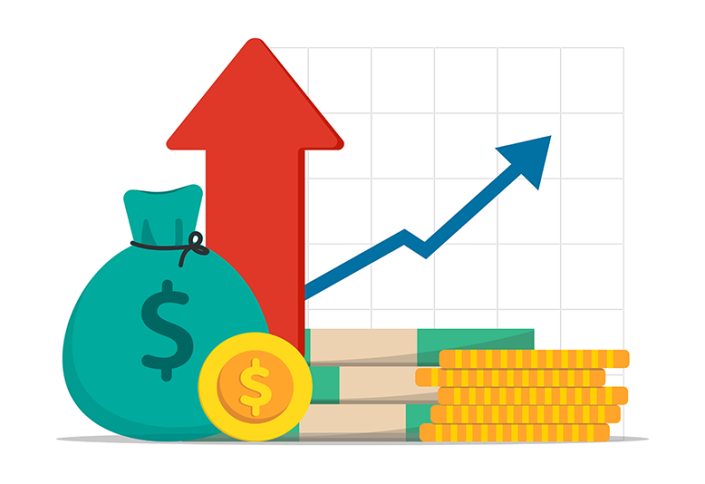Where does the Fund get its money used to compensate?

We all know that the damages resulting from ship oil pollution can be quite costly. Our main mission is to compensate those affected. So, you should not be surprised to hear that one of the most frequent questions we receive is: where does your money come from?
Four main components will answer this question. Here is a summary:
- Industry Funded
We were originally funded by the oil industry. From 1970 to 1976, a levy, which is a fee per tonne, was collected from oil shippers and receivers. The money was received by the Marine Pollution Claims Fund (MCPF), our predecessor. The levy was stopped in 1976 when the MCPF had accumulated $36 million. In 1989, when our Fund was created, the money from the MCPF was transferred to us. The Minister of Transport can reinstate the levy. However, no levy has been collected since.
- Growing mostly from Interest
Since 1989, the Fund has been growing mainly from interest from the MCPF original amount. As of 2023, the Fund has gained around $389 million in interest as shown in Graphic 1 below. This amount continues to grow yearly.
- Recovery Efforts
Once we pay a claim, we then take all reasonable measures to recover costs from the shipowner or any other person responsible. This is the polluter pays principle. We use many strategies to recover from shipowners, including settlements and lawsuits. Any amount recovered goes back into the Fund to pay for future claims.
- Unlimited Compensation Available
While the Fund currently holds over $414 million, there is no limit to how much we can compensate. If the Fund does not have enough money to pay claims, we can borrow more by making a request to the Minister of Finance. This has not yet happened in the Fund’s history. If that happens, the Minister of Transport may decide to reinstate the levy.
